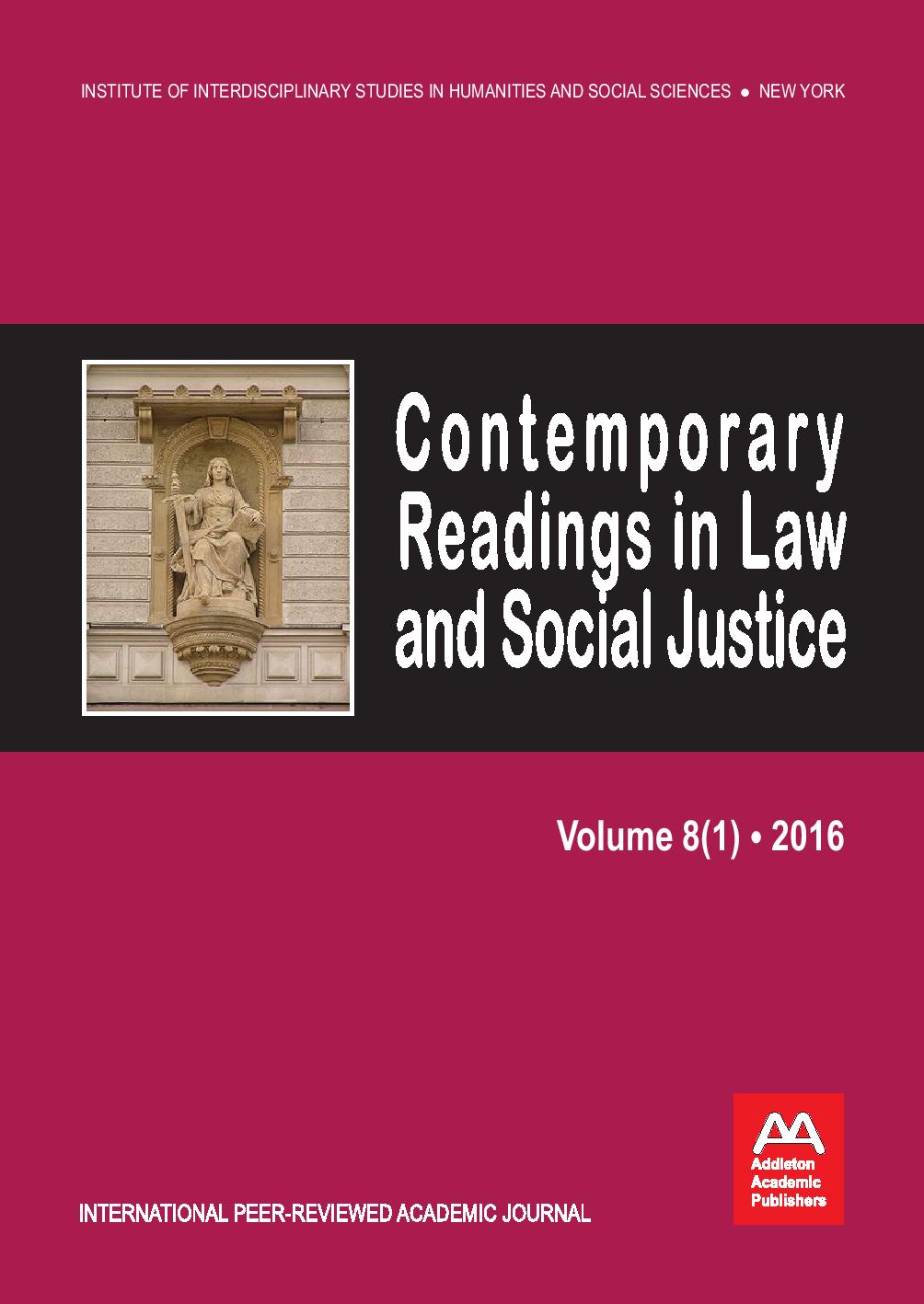EU LAW IN MEMBER STATE COURTS: “ADEQUATE JUDICIAL PROTECTION” AND EFFECTIVE APPLICATION – AMBIGUITIES AND NONSEQUITURS IN GUIDANCE BY THE COURT OF JUSTICE?
EU LAW IN MEMBER STATE COURTS: “ADEQUATE JUDICIAL PROTECTION” AND EFFECTIVE APPLICATION – AMBIGUITIES AND NONSEQUITURS IN GUIDANCE BY THE COURT OF JUSTICE?
Author(s): Havu HavuSubject(s): Social Sciences
Published by: Addleton Academic Publishers
Keywords: compensation; damages liability; EU law; full effectiveness of EU law; individual liability; judicial protection; legal reasoning; Member State liability; national courts; principle of effectiveness;
Summary/Abstract: EU law on judicial protection before Member State courts plays an essential role as to the practical significance of EU law. This article studies the so-called procedural autonomy case law of the Court of Justice of the EU by examining formulations of rulings, focusing on requirements for national remedial and procedural law and for national judgments. Judicial protection and related Member State obligations are manifold issues. In addition to the conundrum relating to the principle of, and right to, efficient judicial protection and their relationship to “Member State procedural autonomy” principles of effectiveness and equivalence, nuances are visible in the conclusions of procedural autonomy reasoning itself. Aiming for effective application of EU law appears to lead to full effect-focused demands for national treatment so that interventions by the Court of Justice cannot be fully explained by the basic wording of the principles of effectiveness and equivalence. The requirement of “adequate judicial protection,” which at times seems to be a facet of the principle of effectiveness in particular but which may also “extend” the twin principles, complexifies EU law on national enforcement. This study illustrates how the reasoning of the Court of Justice may contain varying meanings regardless of taking superficially similar basic requirements as starting points. Instances where more stringent demands on national systems are relevant, as well as the detailed effects, are difficult to discern. This results in lack of clarity as to how national courts should treat future cases and, for parties bringing claims, as to what kind of results to expect. The contribution ends with suggestions for clarifying EU law requirements. pp. 158–187
Journal: Contemporary Readings in Law and Social Justice
- Issue Year: VIII/2016
- Issue No: 1
- Page Range: 158-187
- Page Count: 30
- Language: English
- Content File-PDF

